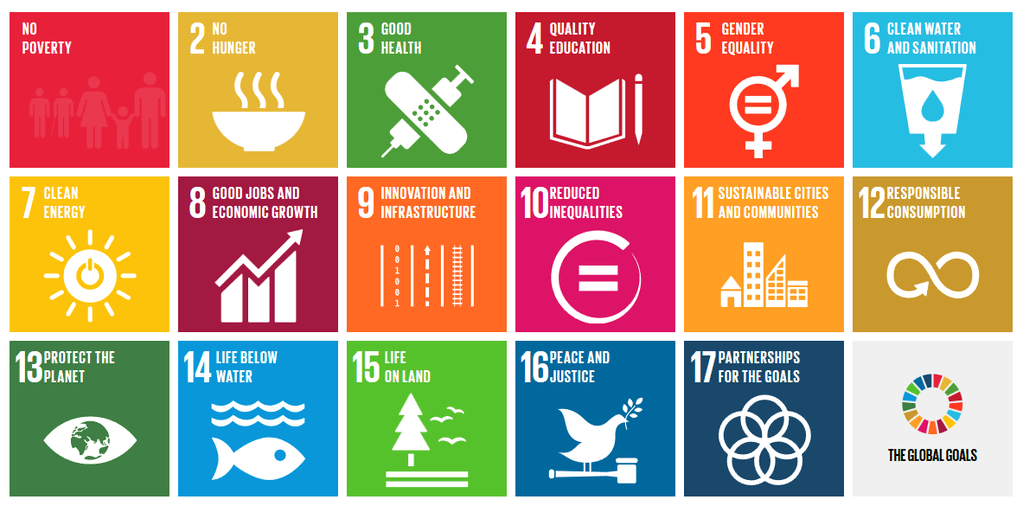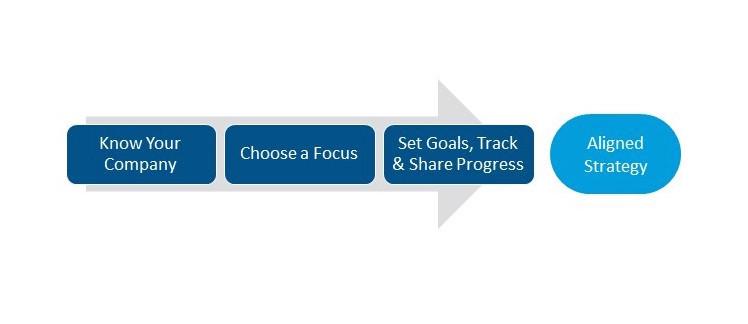How to Align Your Corporate Citizenship Strategy with the UN Sustainable Development Goals
By Mandy Ryan, Managing Director at Changing Our World
Originally published by TriplePundit
Have you been tasked with addressing how your company supports the United Nations Sustainable Development Goals (SDGs)?
Are you hoping to connect and align your corporate citizenship efforts to a shared global strategy to put your activities in context and amplify your impact?
It’s been about a year and a half since the SDGs – a set of 17 goals such as No Poverty (#1), Quality Education (#4), and Peace, Justice and Strong Institutions (#16) and 169 associated targets – were adopted as a part of the UN’s 2030 Agenda for Sustainable Development. In the time since, leading corporate citizens have begun to tackle the challenge of aligning their citizenship work to the SDGs.
While the 2030 Agenda and the SDGs are intended to provide a shared global framework for addressing society’s greatest challenges, they are in no way a one-size-fits-all roadmap for action. In fact, upon first scanning those 17 goals and 169 targets, which range from reducing premature mortality from non-communicable diseases to significantly increasing the exports of developing countries, figuring out how to align your company’s efforts can feel like an overwhelming task.
Here are some key steps and tips for how to approach this challenge, gleaning learnings from best-in-class examples of corporate alignment to the SDGs, and overlaying these with insights and experience we at Changing Our World have gained working directly with companies on designing and evolving their corporate citizenship strategies.
Know your company
- Understand your objective: There are a number of reasons why companies may wish to align to the SDGs and a range of approaches to take. When beginning this exercise for your company, it’s important to understand where on the spectrum you fall, from mapping your existing efforts to the SDGs for reporting purposes, to leveraging the SDGs to entirely evolve your strategy (or design a new one). Where you fall on this spectrum will dictate the lens you apply to subsequent steps:
- Assess current efforts as they relate to the SDGs: Regardless of your objective, you’ll need to start with an understanding of the SDGs and their targets and a rough idea of where your company may align. Start by reviewing the SDGs; select the goals and targets where you believe your company may have activities and impacts which align. Bucket these activities by business unit and collect information from the relevant “owners” at your company to better understand the programs and results that exist in these areas.
TIP: Don’t neglect to think beyond philanthropic and community involvement programs; certainly, your philanthropic programs (and which SDGs they relate to) should be a starting place, but also consider other business units as well (e.g., Human Resources may have an initiative which supports goal #5, Gender Equality). The following diagram depicts some of the business functions, beyond philanthropy, which companies commonly map to the SDGs.
- Take advantage of the opportunity to extend the reach of your work across the company. As the chart above suggests, the SDGs are broad-reaching and touch upon many areas of business which may not fall within the direct authority or purview of corporate citizenship or your department. Whatever your eventual goal, you will benefit from connecting with leaders and business units across the company, helping them understand your work and how it connects to the core business strategy. Leverage meetings with internal stakeholders to:
- Build buy-in/support: Use this process to demonstrate how peers, competitors and best-in-class companies are focusing on citizenship and aligning to the SDGs.
- Connect across the business: Talk to other departments who previously didn’t understand their contribution to the company’s corporate citizenship strategy; use the relevant SDG targets to demonstrate how they relate and pave the path for future collaboration.
Choose a focus
- Identify and prioritize the SDGs and targets that present the greatest alignment to your business and/or your citizenship goals. While your company’s operations and activities, current and future, may technically allow you to touch on all 17 SDGs, you should select a more focused set of priorities to dedicate the majority of your effort and focus toward. As with many things in life, quality over quantity is a good rule of thumb here. Select the SDGs and targets which best align to your business’ strengths, assets and priorities. You can still report on what you do in other areas, but use the 80:20 rule and focus 80 percent of your time and resources on impact and reporting within the 20 percent of the universe where you can make the greatest impact and tell the strongest story.
- Determine your approach; identify core programs. Whether you’re simply identifying which existing initiatives you will report on relative to the SDGs, establishing new programs targeted at identified SDGs, or something in between, you should develop a high-level framework that articulates which corporate programs and initiatives are aligned to the prioritized SDGs and how the outcomes of these programs help advance the SDGs. If you are taking steps to adjust or evolve your programming, consider joining one of the many pre-existing partnerships/action networks focused on collective action around the various SDGs.
Set goals, track and share progress
- Share your company’s vision and rationale for SDG alignment. Choosing to align to the SDGs at any level is founded, at least to some degree, in a recognition that your company is part of a global community and has a role to play in contributing to that community’s shared agenda for positive social change. Make sure you take the time to articulate why your company is taking action within this shared agenda and targeted goals.
- Set measurable goals within priority areas. Build from your current baselines and establish aspirational goals that have clear and specific metrics and targets that you can use to measure progress. They should be unique to your company and programs; they do not need to be the exact targets within the SDGs, so long as you can show the step-logic for how they ultimately contribute to them.
- Track and communicate progress against goals and within priorities. Develop a system for tracking progress and share your results and learnings with your stakeholders. This is not just to highlight your achievements, though that is certainly important. A shared agenda will not advance if the individual actors are operating in the dark – communicating openly about the work you are doing opens the door for others to learn from your work and build bridges to connect more deeply to your efforts.



